The Importance of Vial Labeling Machines in Pharmaceutical Packaging
Vial labeling machines play a crucial role in the pharm [ ]

Vial labeling machines play a crucial role in the pharm [ ]
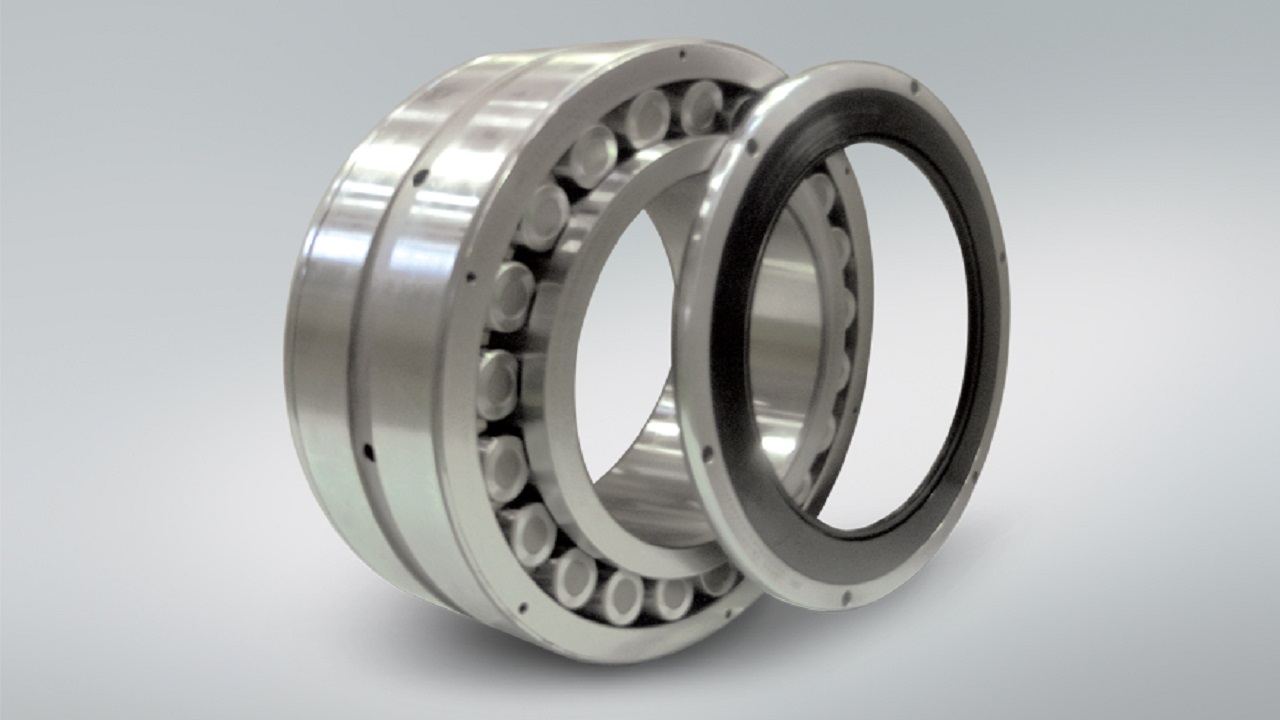
Ball bearings durability and performance are fre [ ]
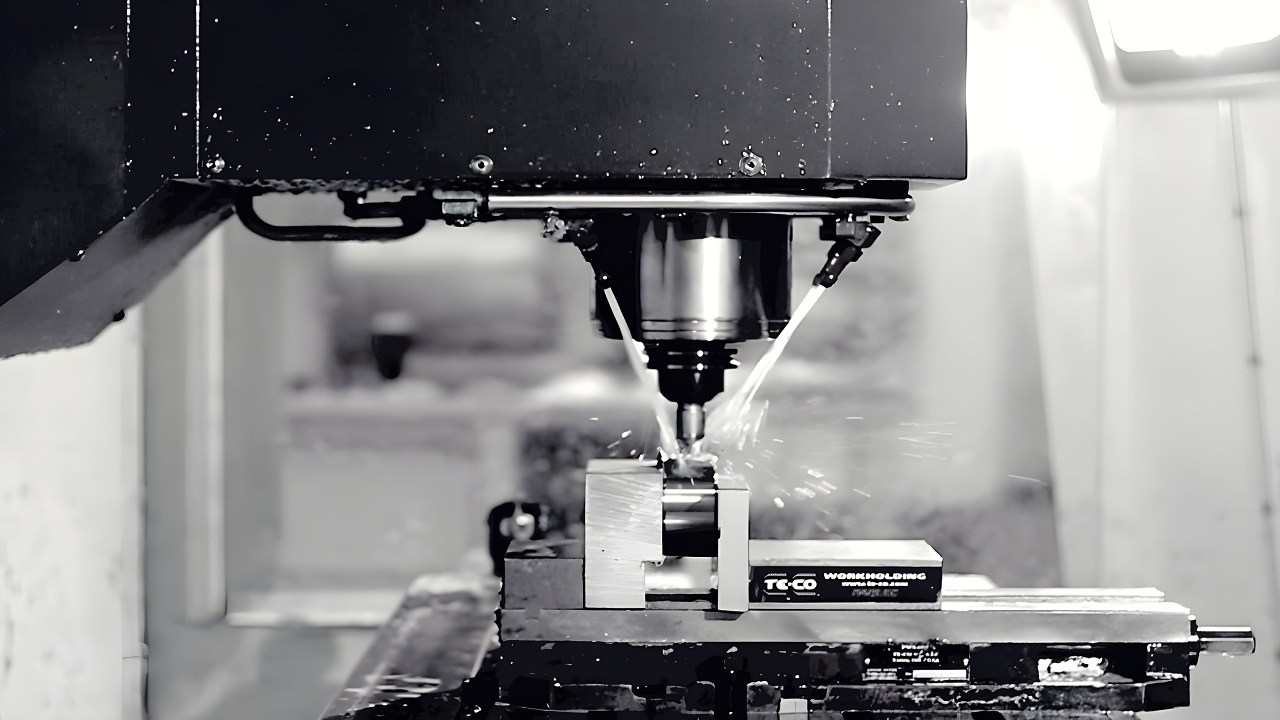
In today s fast-paced manufacturing landscape, th [ ]
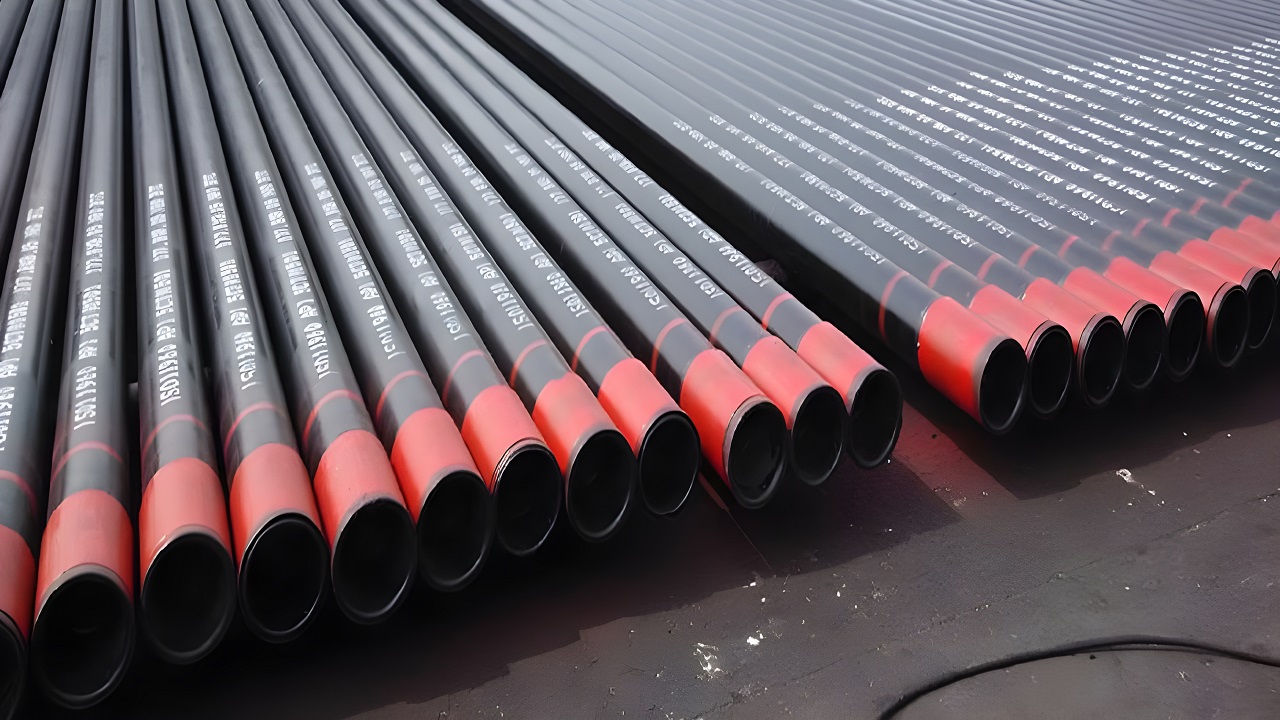
The integrity and longevity of casing pipes are crucial [ ]
A precision CNC machine device known as a five-axis CNC [ ]
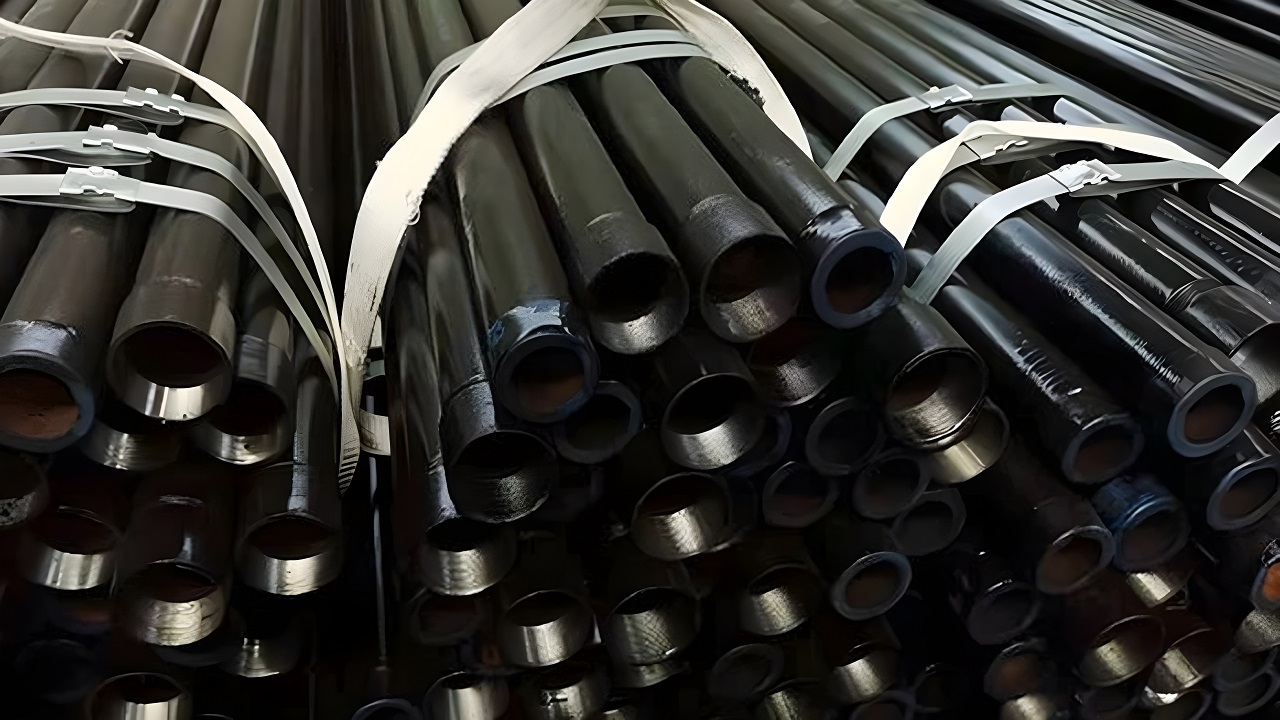
Pipes made from API 5L X46 steel are an essential part [ ]
For a wide variety of uses, from construction to transp [ ]

The production of ASTM A53 Grade B pipes relies heavily [ ]

Is your kitchen a chaotic mess with ingredients and ute [ ]
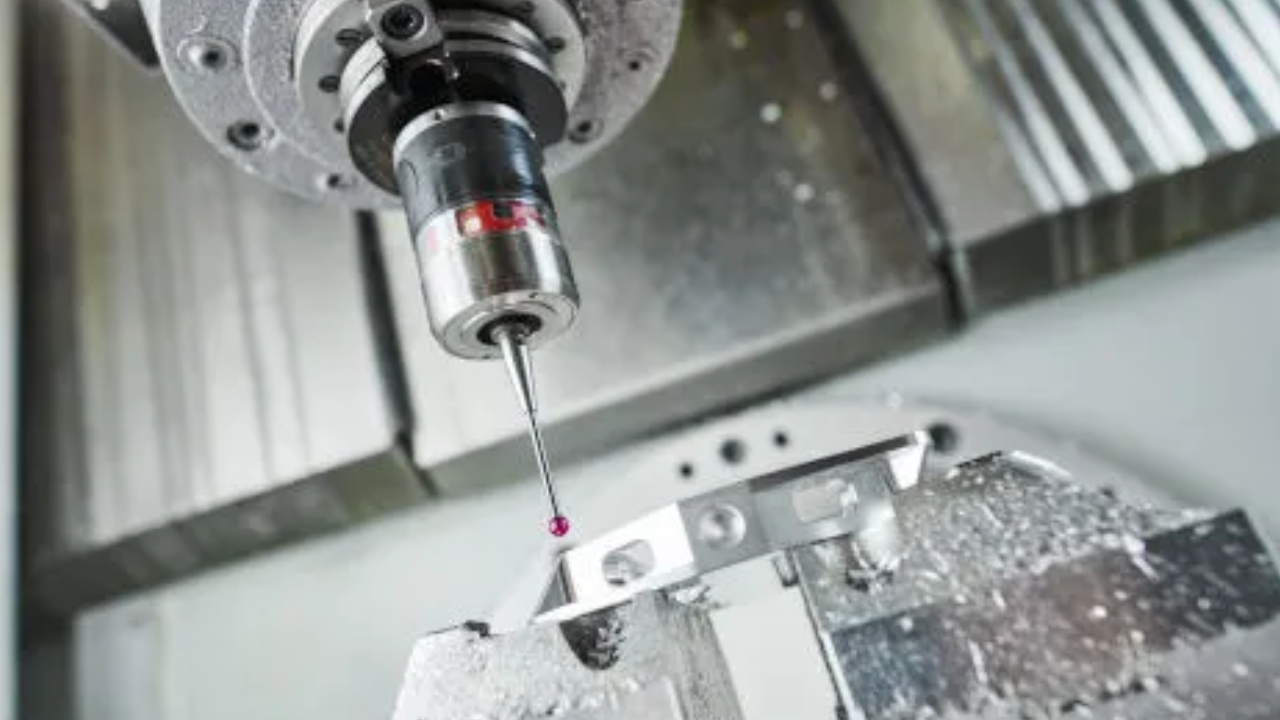
Any factory that manufactures aluminum parts for wholes [ ]